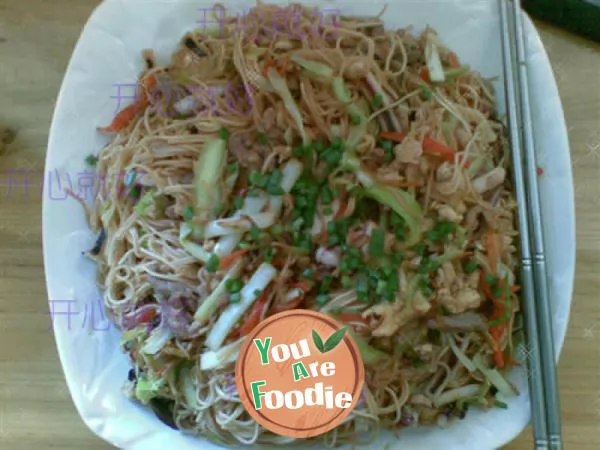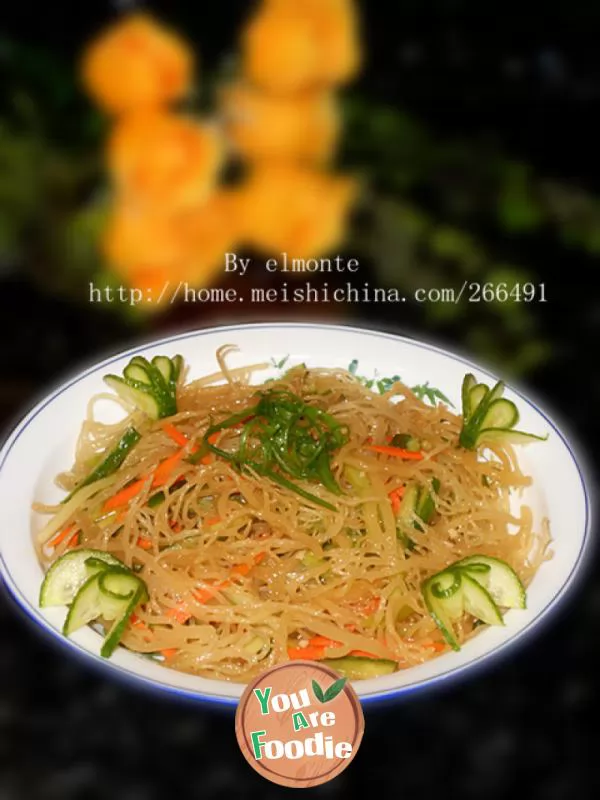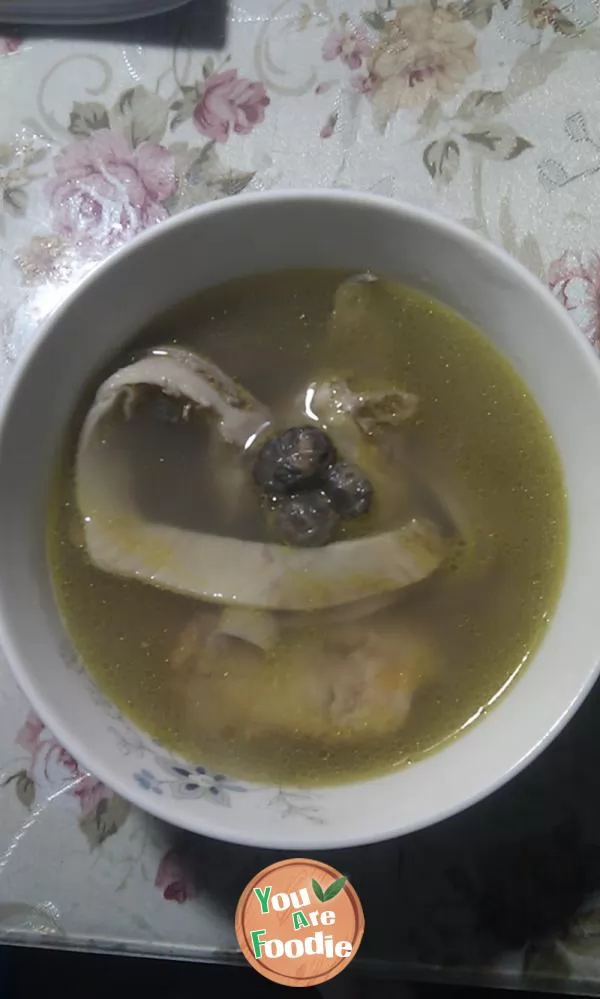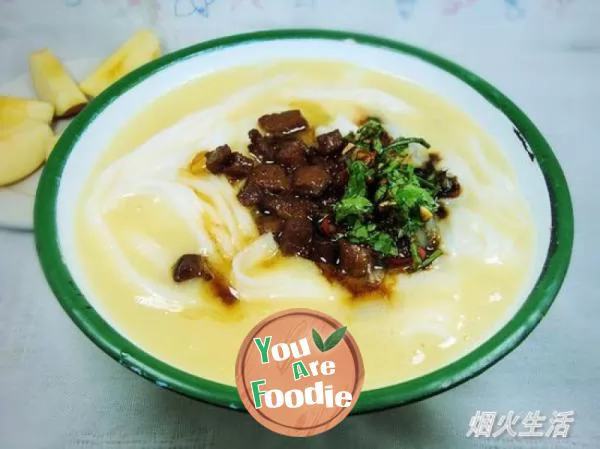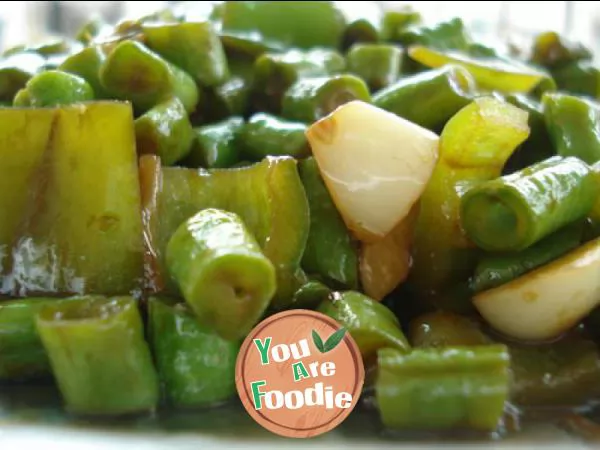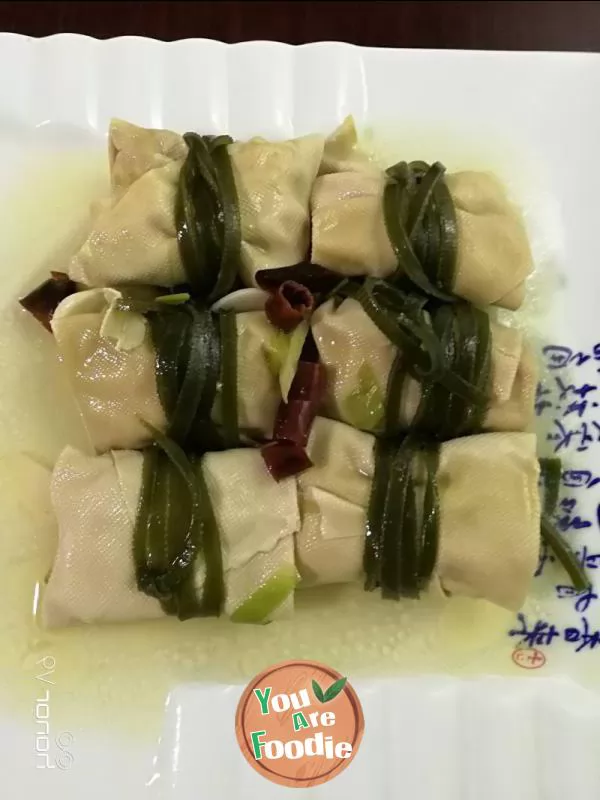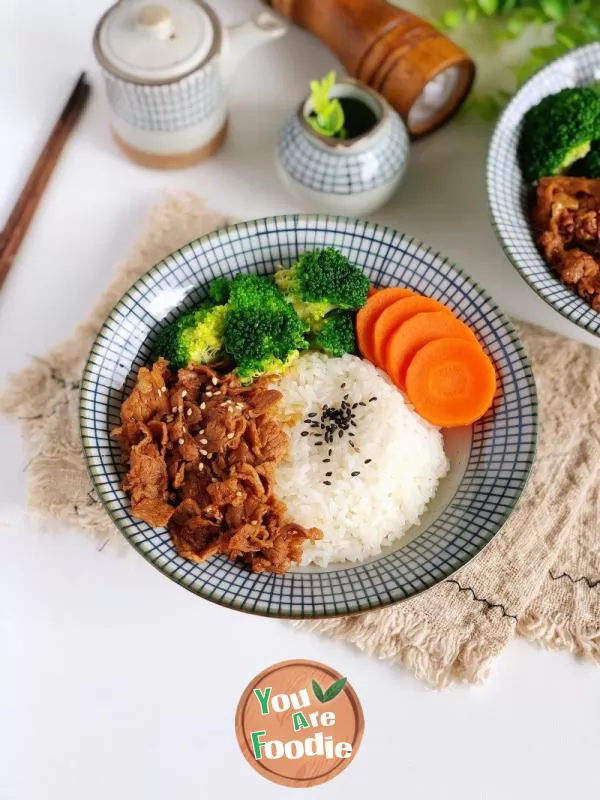
Japanese style beef rice
The first Japanese style beef rice I came into contact with should have come from the Yoshino family. I loved it very, very much, to the point where I later found beef rice in more upscale Japanese restaurants that I thought was even worse than the Yoshino family's. Because I love it, I want to learn how to make it myself. I have consulted a lot of tutorials about Japanese style beef rice, and almost all of them have the same recipe. I have also tried to make it more than once, adjusting the proportion of seasonings and ingredients, but ultimately couldn't produce the same taste as Yoshinoya's. Therefore, in the end, I learned from professional chefs to get a satisfactory taste. Among the ingredients and seasonings used, cilantro is quite incredible to me. I never thought that cilantro would also be used in Japanese cuisine before, and after making it, I found that cilantro has a great effect and is indispensable and irreplaceable. Today, I am recording my cooking method here. On the one hand, it can help friends who also like fatty beef rice but cannot make it, and on the other hand, it is also a record for me to refer to when I use it again in the future. The amount of seasoning used is not so precise, only detailed records of the types are made, and the specific amount can be adjusted according to personal taste.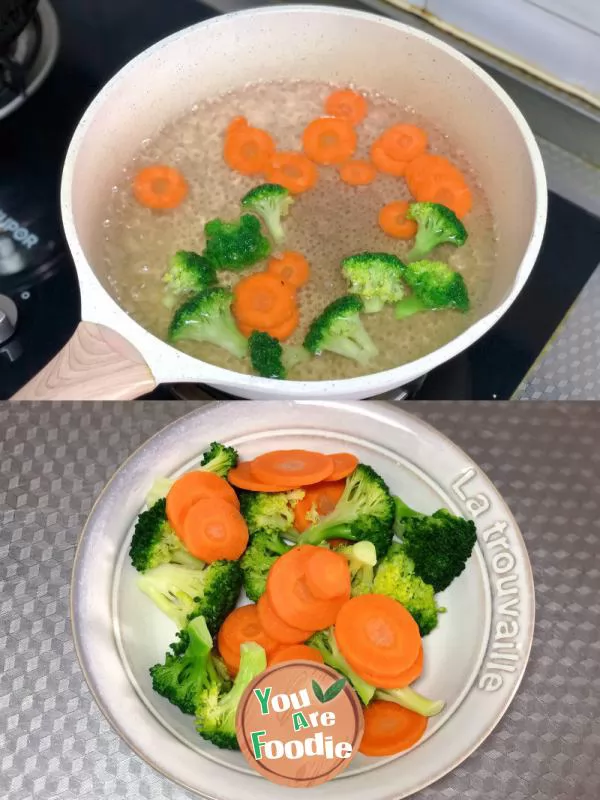
Step 1 . Let's start with the side dishes. Peel and slice the carrots, blanch them in boiling water with broccoli until cooked, then remove and mix well with salt for later use.
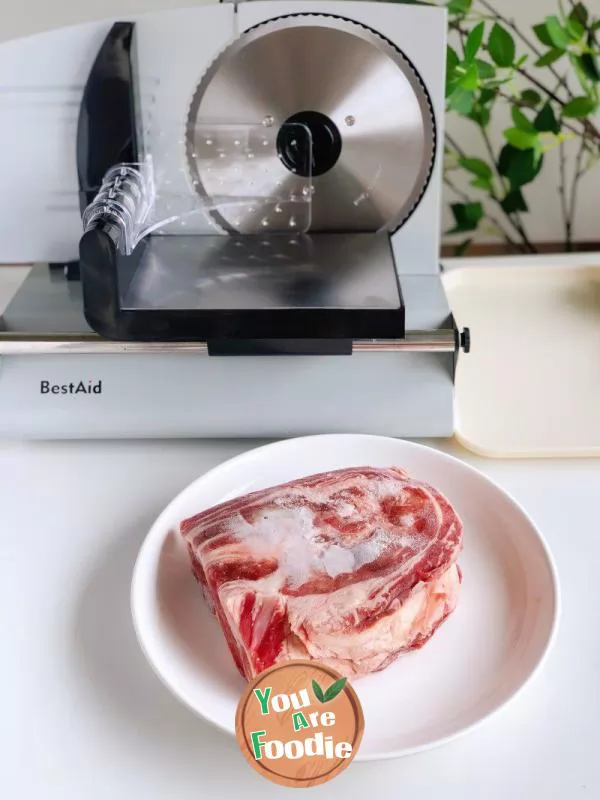
Step 2 . Beef can be chosen according to personal preferences. The beef brisket I use is sliced into thin and thick sections, and the quality of the beef is also guaranteed, making it more reassuring for family and children to eat. You can also choose commercially available fat beef rolls, which are suitable for alternating fat and lean beef.
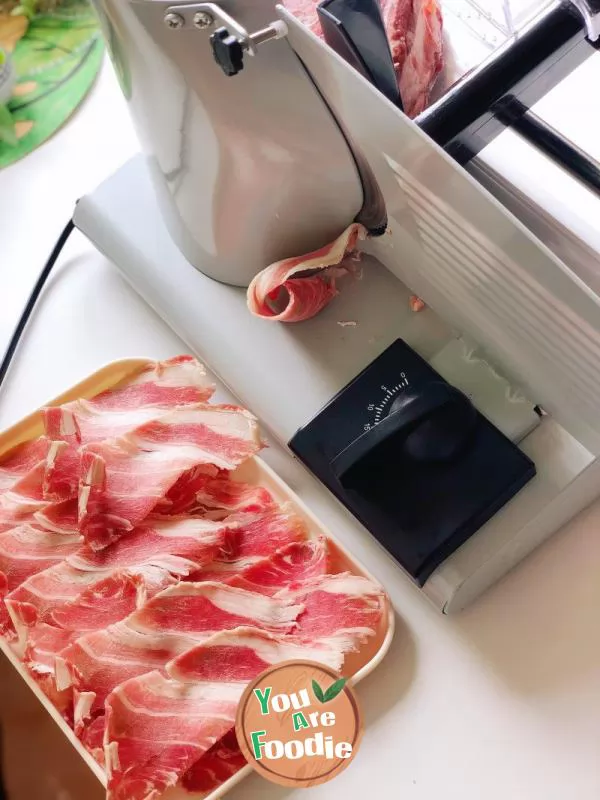
Step 3 . The whole frozen beef is placed on the slicer, and the back knob adjusts the slicing thickness according to your needs. You can choose the thickness according to your own needs. The key on the right side is turned on to start the slicer, which works quietly. The whole process is smooth and safe, and the scene of each piece of beef slipping off is quite healing.
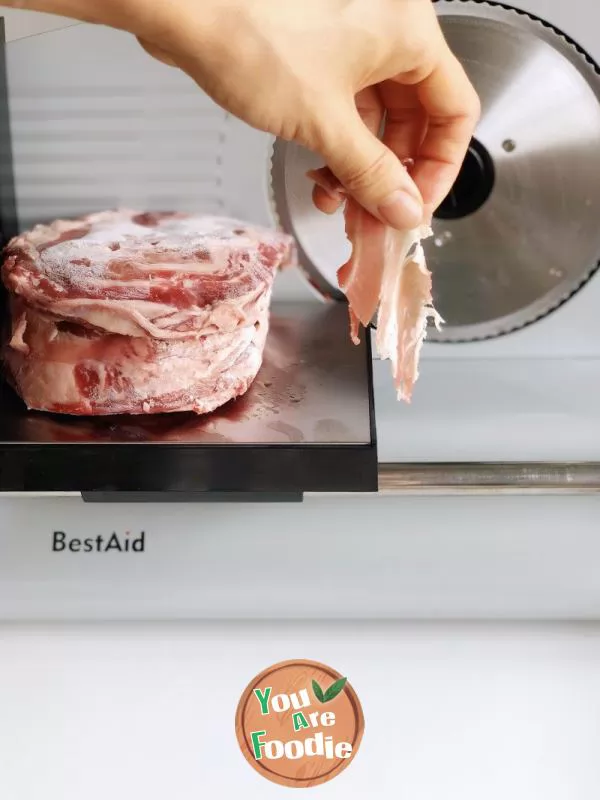
Step 4 . Beef can be sliced very thinly and thoroughly.
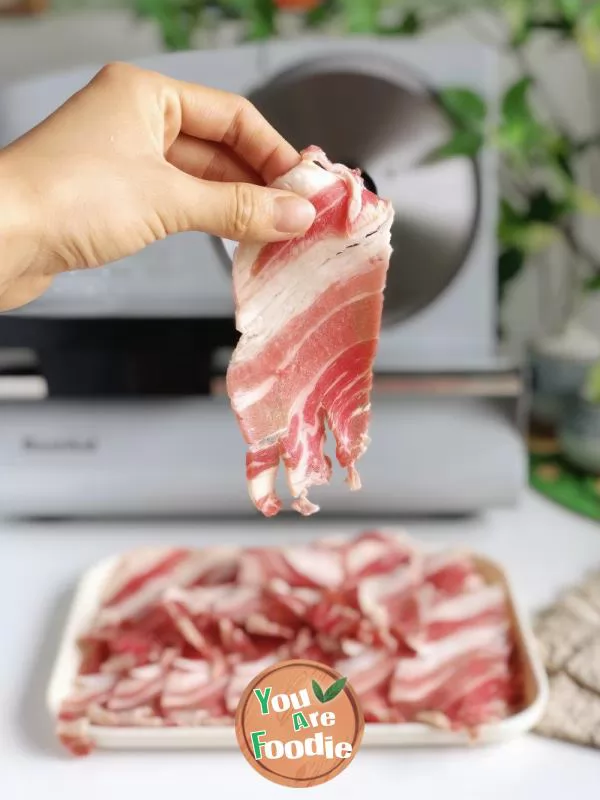
Step 5 . But I still like to eat relatively thicker ones, and in just one minute, I sliced a large plate with a BestAid home slicer.
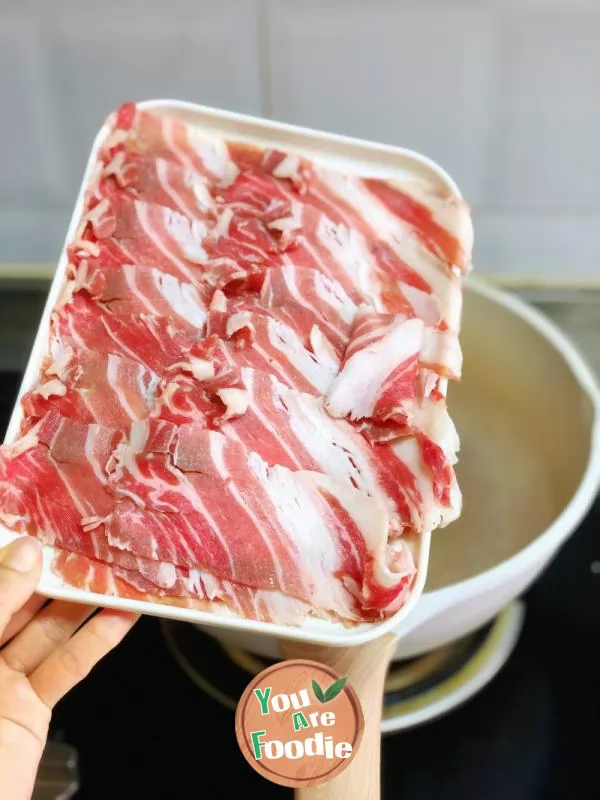
Step 6 . Boil the sliced beef in hot water, blanch until it turns color, and immediately remove it. The tenderness and smoothness of the beef depend greatly on the blanching time and the timing of removal.
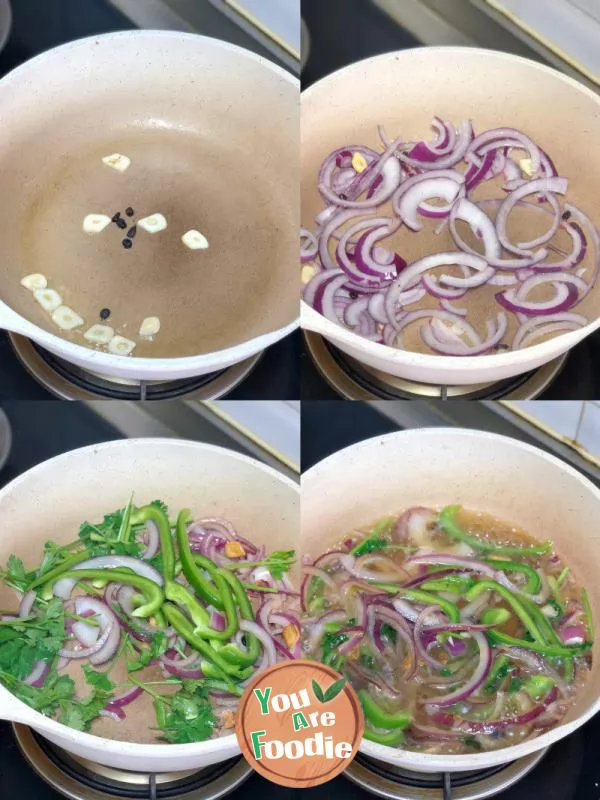
Step 7 . Next, we need to cook a vegetable juice, which is crucial. Heat up the wok, add garlic slices and fermented black beans, stir fry until fragrant, add shredded onions, green peppers, and cilantro, stir fry until fragrant, add an appropriate amount of water, bring to a boil, then reduce heat and simmer for ten minutes.
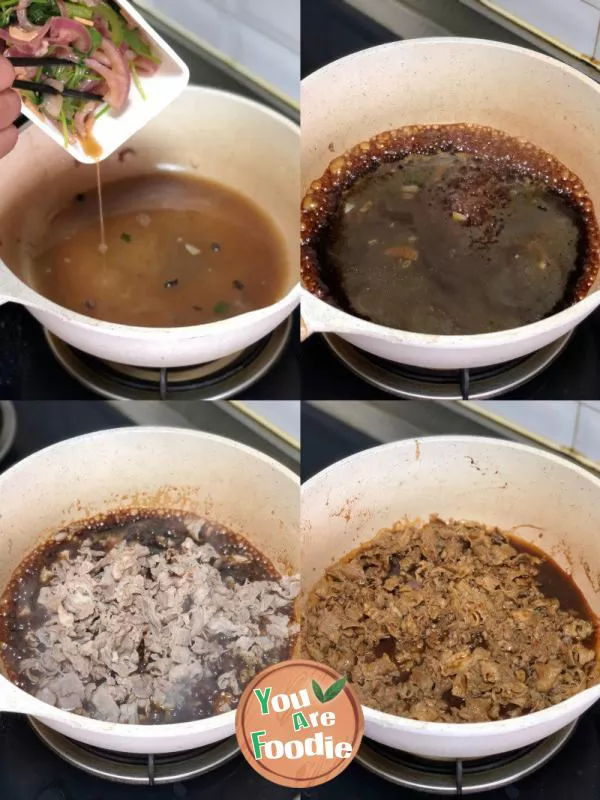
Step 8 . The remaining water in the cooked vegetable juice is about one-third of the previous amount. Remove the vegetables and leave only the soup. Add soy sauce, steamed fish and soy sauce, dark soy sauce, rock sugar, white pepper, flower carving wine, and a small amount of salt to bring to a boil. Stir fry the beef in the pan and pour in an appropriate amount of starch water to make the soup slightly thicker. Turn off the heat.
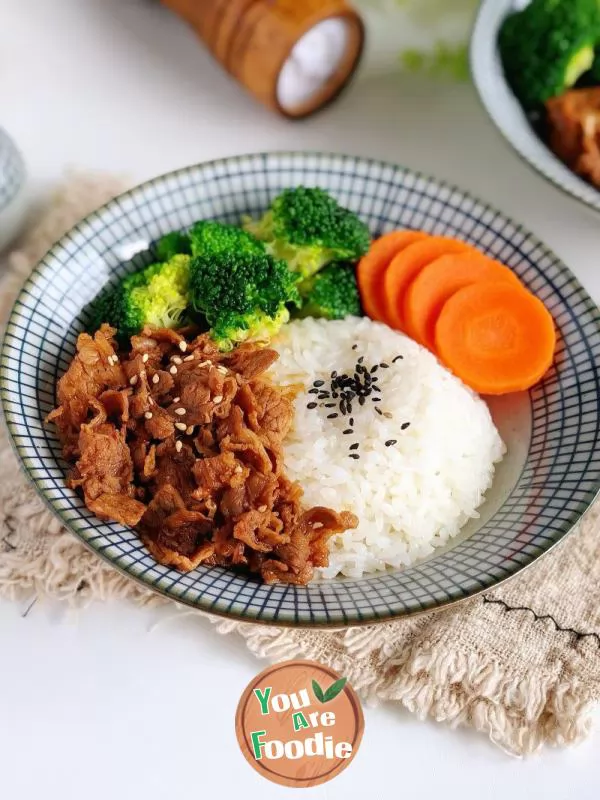
Step 9 . Finally, the assembly work is left. Place broccoli and carrots on top of the rice, pour in an appropriate amount of beef fat, and add a little sugar sauce. Mixing rice is really amazing! It's delicious!
* Information is provided from the Internet, If there is a copyright infringement, Please contact administratoryouarefoodie.com, We will deal with as soon as possible, Thank you!

